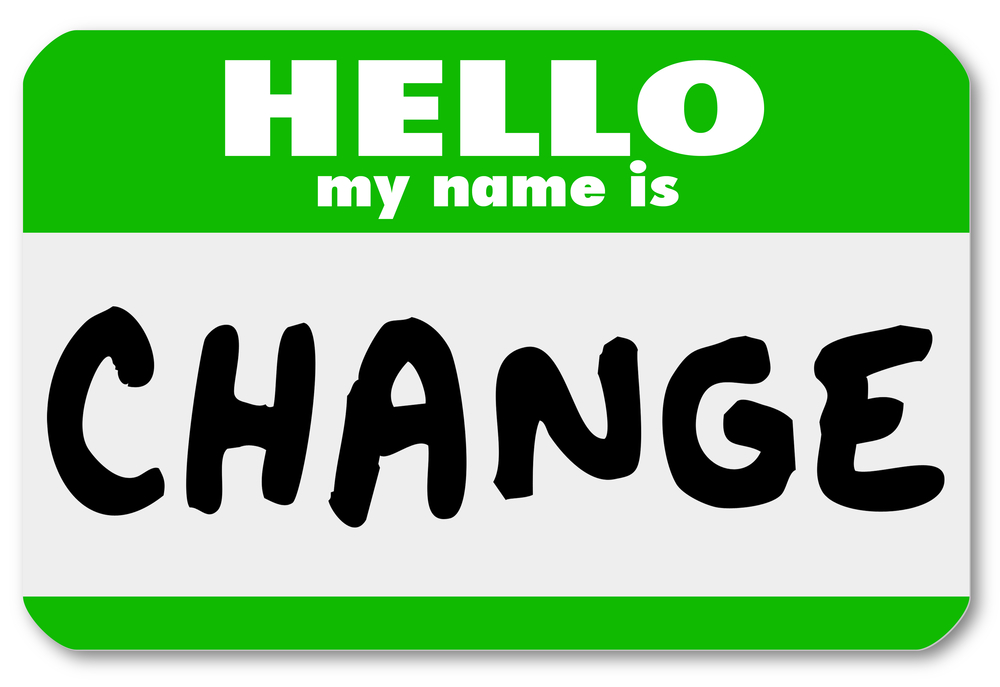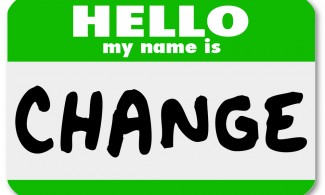Change is good
The pre- digital era was technologically dark. Information technology (IT) was only a support for core business functions. Computing power was limited as well as expensive. IT was the play ground of the big boys.
By the 1980s and the 1990s, the information age and the digital era set in. During this time, enterprises as well as individuals could utilize technology because computers as well as software were affordable and available. The internet formed the base of the digital era and the spread of mobile communication networks and affordable computing gave it more power.
As we entered the new millennium, a series of technological innovations made an entry. By then, nearly 60% of US homes had mobile phones and around 70% had internet connections. The following decade saw a series of innovations like Apple iPod, Google, E commerce (Electronic Commerce), Social Media, Wi-Fi, GPS, Smartphones and more. In this new digital age, the internet reshaped the way we live and work. No industry remained untouched by the technological advancements. Online courses, lectures, tutorials, financial transactions, movie tickets, railway and flight bookings made life simpler, yet smarter.
Change is here.
In the post digital era, we witness connectivity and technology redistribute industry as value chains will be reconfigured along with radical changes in social networks and retail. There will be a major shift in how we operate and consume, and from where we do so. With the scientific advances making things that were impossible, possible now, understanding and managing the contradictions these changes entail will be a major issue.
This makes it mandatory for the leaders to understand the trends that are reshaping the world; next, to be informed on what these changes mean for your industry; the last, but, the most important, would be to take action and be prepared to embrace change.
Kodak and Nokia will be remembered in history as the champions who took the fall because they were unable to embrace change. The biggest risk that leaders face is not their idea of the future, but the delay in taking action on that idea.
So, what is stopping you from taking that idea forward?
Therapy for Retail

One of the biggest shifts has been in the world of retail. While many people believe that technology will never completely replace the shopping experience, competition from the ecommerce space has emerged as the single greatest challenge facing the brick and mortar world of retail.
The Economy of Sharing

An interesting trend to follow are the collaborative economy markets. Startups that encourage borrowing, bartering, ride sharing or swapping fall into the category of the collaborative economy.
A few of our favourites in this category:
- In addition to selling cars, Toyota and BMW offer cars for rent or car sharing services in several cities.
- Lyft, a car pooling service, allows consumers to act like a taxi and pick up members of the service.
- Uber connects riders to drivers through a text message or by using a mobile app.
- Craigslist and eBay facilitate the worldwide selling of used products.
- Airbnb is a trusted community marketplace for people to list, discover and book unique accommodations around the world — online or from a mobile phone.
- Toyswap allows parents to exchange toys with other parents rather than purchase products that their kids will soon outgrow.
We look forward to the collaborative economy market growing rapidly and more entrepreneurs exploring market potential with fresh and interesting ideas.
Pop Up Shops
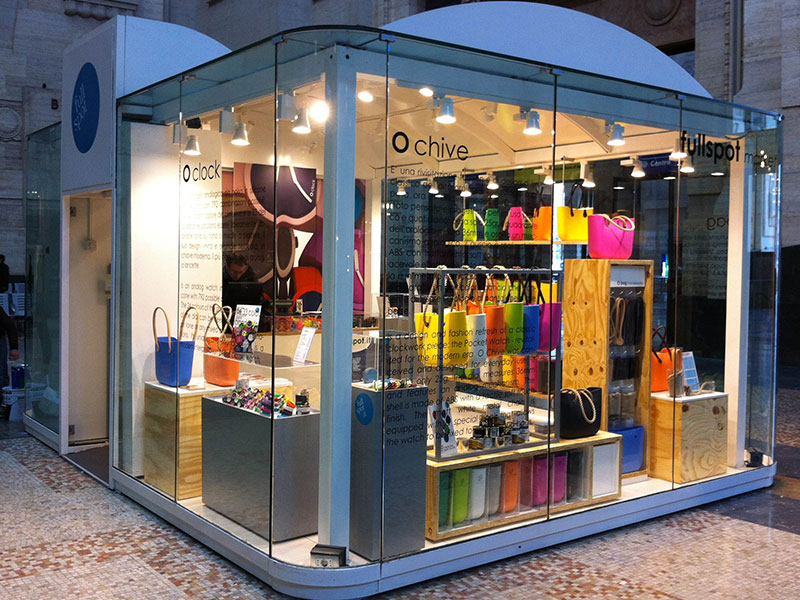
Once the domain of fairytales, pop-up shops dominate the global buying and selling marketplace now. With the ability to reach a global audience with minimal infrastructure and reduced overheads, online shopping sites have capsized the market. These sites provide customers and businesses with extensive selection, increased pricing power and unmatched convenience. Studies show that consumers are spending US$272,000 each minute of the day online. This figure is growing daily as more consumers make purchases.
This has made traditional retailers realize the need for constant change and innovation to engage their consumers. To experiment with products and concepts in an informal and cost effective way without worrying about long-term leases, the retailers introduced the pop-up store idea. Pop-up stores or “flash retail,” began sprouting up in cities in Europe and the U.S. around 2003. The first generation of stores took on a consciously makeshift quality. They began to often occupy vacant mall spaces and abandoned storefronts. Since the real estate market was tumbling, the landlords too agreed for short-term leases.
Today, pop-up stores are pushing sales even in a difficult economy. They are placed either around the holiday season or around the time of the launch of a major motion picture. In fact, companies like Republic Spaces and miLES have now ventured into providing marketplace and retail space for pop- ups in the US. Companies know that they have to innovate, upgrade and update themselves constantly to stay ahead of short attention spans and the need for constant change.
Here are a few ground-breaking retailers :
Target displayed designer Isaac Mizrahi’s women’s apparel collection in a pop-up store at Rockefeller Center (New York City).
Online retailer Bluefly.com cleared their old stock to open a temporary brick and mortar store in New York.
- Gap furnished a school bus to work as a travelling pop-up store to sell the 60’s themed apparel and accessories.
- MTV collaborated with Levi’s, Adidas and Sony Ericsson and took their pop-up stores all over Germany. They stopped at various cities for a week at a time and promoted limited edition apparel and high-tech items.
The story of STORY

Another way of how the future of retail has taken its current shape is the example of Story, a retail store located in 10th avenue, Manhattan. This store works like a magazine. It presents itself like a gallery but sells things like a store. Every month or two, Story changes all its merchandise, design and fixtures and reinvents itself around a new theme. Companies sponsor themes. For instance, GE sponsored the Making Things Story and HP and Quirky sponsored the theme of the Holiday STORY.
Social turns virtual real
With Facebook came the virtualization of human relationships, and with Amazon, the virtualization of customer experience. LinkedIn led to virtualization of specialized knowledge. So much so that, today, the virtual world holds far more significance than the real one. The social space dictates new trends in the way we sell and the way we speak.
Niche Networking

With consumers showing significant interest in networks such as Google+ and Pinterest, it is clear that it is time to get specific. Thus, niche networks emerge, and players like Whatsapp provide free communication and eliminate distance between people. Speaking of distance, have you come across Waze? It crowdsources travel.
- SumZero, the world’s largest community of investment professionals from hedge funds, mutual funds, and private equity funds collaborating more than 9000 pre- screened professionals.
- Quora, a potential revolution in knowledge is a question-and-answer website where questions are created, answered, edited and organized by its community of users.
- Doximity is the largest medical network with one- third of US doctors as members. Here, doctors connect with other healthcare professionals to grow and discover more career opportunities. They also use Doximity to collaborate on patient treatment.
- Few other niche-networking sites includeQuibb, Path, GovLoop, Best of All Worlds and Potluck.
The business of social

Businesses are turning to social media to interact with their customers. According to Twitter, 87% of Fortune 100 companies have their presence on at least one social media website, while more than 80% of SMEs are using social media now.
The power of Big Data
There has been a lot of buzz around big data for a while now. Organizations in Finance, Insurance, Healthcare, Communications, Government and many other sectors are utilizing the power of data. Many cities are also using big data to control traffic, parking opportunities and energy consumption. According to a recent SAP survey, 43% of organizations have some “big data” initiative going on in their organization and most 1000+ employee companies out of them are engaged in big data initiatives. Early adopters who have utilized the potential of big data are outperforming competitors by wide margins. No organization that aims to improve profits and customer experience would think of giving big data component a miss. Big Data is a powerful portent for the future.
But, is information secure?

With most of the world going online for all sorts of varied things, information security is a major issue in the coming future.
Faced with multitudes of cyber crimes, the U.S. as well Europe has developed new security policies and precautions. U.S. President Barack Obama has instructed the national security and intelligence officials to make a list of potential overseas targets for U.S. cyber attacks. This can offer unparalleled and unconventional capabilities for the advancement of US national objectives all over the world without much warning and possibility of subtle to severe damage to the “target”. The European Commission has asked its member countries to introduce laws that compel all the major firms in transport, telecom, finance and online infrastructure to disclose details of any cyber attack in their organization to national authorities. The Chinese government has gone a step ahead and tracks the online movements of its citizens to avoid any kind of political or social unrest that can challenge their power. As a part of their web police, approximately two million people monitor tens of millions of messages that get posted daily on popular social media and microblogging sites. If any “slanderous” information is found to be viewed over five thousand times or forwarded over five hundred times, the internet user can be sent to jail for three years.
Many tech companies are using artificial intelligence that will process data using simulated neural networks. The aim is to understand the deeper meaning of users’ actions and emotions on social networks. Microsoft announced that it is replacing the cookies with a detailed tracking system that will be built into the devices whereas reportedly Google already has a similar system called Adld. Facebook has also started working on this technology. Moreover, these systems will make opting out of tracking much more difficult as they will follow the users more aggressively than ever before. Other large corporations are also trying to be able to gather private data. In this scenario, protecting one’s personal information will be very difficult.
The Smart Cities
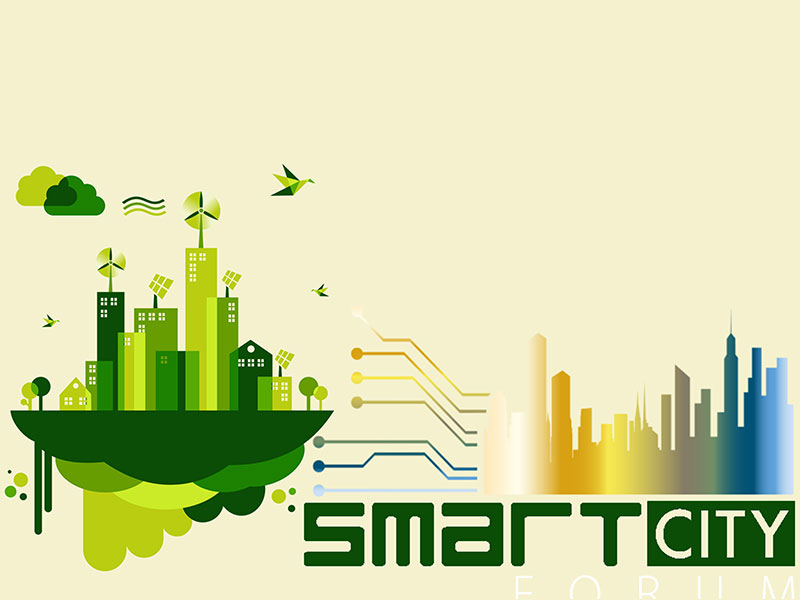
The governments of advanced countries are working on a concept called “Smart Cities” to protect and manage cities. An example of such type of city is Chongqing in China. Here, the government installed 500,000 video cameras to watch more than 6 million people. According to a study by the Brookings Institution, it would cost approximately US$300 million to store a year’s worth of footage from Chongqinq’s cameras but with the technological advancement by 2020, this could fall to just US$3 million per year. By then, it will become feasible for the government to record everything that is said or done within their borders. They will be able to record every electronic message, phone conversation, social media interaction and the movements of nearly every person and vehicle from every street corner.”
Though this would be a revolutionary move for security and better planning and management, how much of this mass surveillance will be acceptable to residents is a big question.
Reshoring
Another upcoming trend is the reshoring of production to the developed markets. With the America is Open for Business initiative leading this movement, major paradigm shifts are likely to occur. Recently, General Electric moved the manufacturing of refrigerators, washing machines and heaters back from China to a factory in Kentucky. Google also attracted great attention as it decided to manufacture its Nexus Q. Likewise, many other companies are exploring the option of reshoring due to the following factors:
- Increasing labor costs in the developing markets
- High rate of unemployment in developed markets
- Global access to online talent and knowledge
- Advances in robotics
The DIY Culture
Along with the shift in production market, another trend in the industrial sector is that people are getting more and more interested in the DIY (do-it-yourself) culture i.e. building, modifying, or repairing without the aid of experts or professionals. From individuals to large corporations like GE Garage and Radioshack, many are plunging to explore this opportunity. With the prices of 3D printers expected to go down in the near future, it will become more affordable for many people to join the Maker Movement (i.e. technological DIY culture).
The Crowd-funded Initiative

Another innovation in the industrial sector would be the rise of crowdfunding, a collection of finance from the “crowd” to fund an initiative. This process usually occurs on Internet platforms. Crowdfunding lowers entry costs and breaks down barriers for people who want to start a business. Individuals with no funding but great ideas will benefit greatly from it. The good news is that crowdfunding is growing fast and becoming global. There has been an increase of 81% in the amount of funds raised by crowdfunding in two years. Three major trends emerging in crowdfunding in the coming years will be:
- More groups will use crowdfunding to support innovation to solve complex social problems.
- Popularity of local crowdfunding communities will increase.
- Women entrepreneurs will raise more funds.
The office outside the office
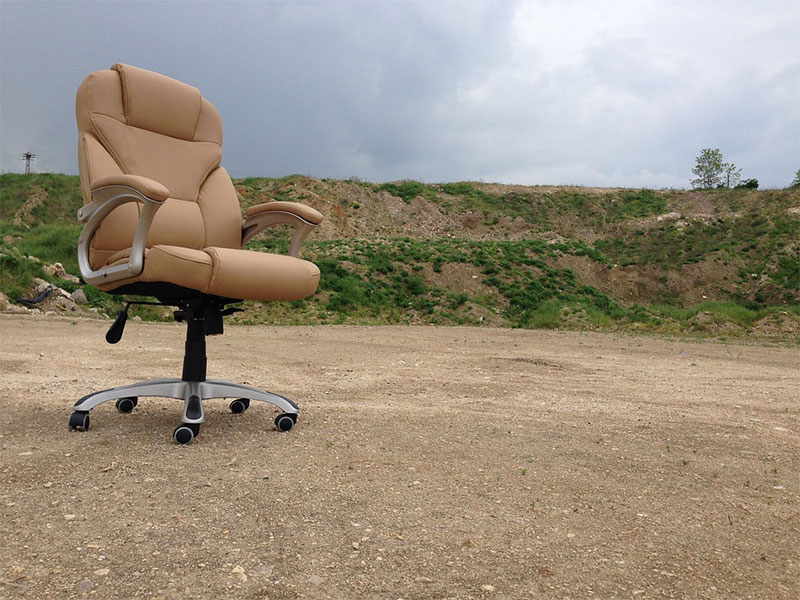
The face of offices has changed. Global mobility of knowledge and talent is the new order. Technology helps access worldwide talent making the virtual working arrangements an increasingly emerging trend. Major companies in the online workspace like oDesk, Elance and Freelancer.com are growing at a rate of 60-100% a year. Global employment sites connect companies with remote staff for more flexible cloud-based hiring with workers attending interviews and working from around the world. It is clear that mobility, flexibility and networks will define the future industrial landscape.
Upcoming Hubs
Since the production and consumption will become more distributed, demands for specialized hubs will also increase. These hubs will support the needs of emerging city-states, on-line communities of choice, and the next generation of flexible workers and entrepreneurs. The foundation of these hubs will be global knowledge networks and new business and governance models that leverage global assets and hub strengths to deliver local value.
Innovation and Knowledge Hubs

Knowledge is urbanizing, as is the world. As of now, there are 123 university-based science parks in the US, 46 in the UK and around 200 in Asia. New knowledge hubs are being developed inside cities. Knowledge innovation outsourcing and knowledge hubs are an interesting trend that will unfold in the coming future.
Co-Working

According to recent studies by the SBA or Small Business Association, 49% of small businesses fail within the first five years. Along with factors such as location, products, business plan and management team, a major contributor to this failure is operational inefficiency. High rentals, labor and materials can really create hurdles for both short and long-term growth. One of the largest expenses a company incurs is office space.
This is exactly why choosing the right office solution is mandatory for businesses. Even large companies like The Ladders, LinkedIn and Gilt Groupe went with the flexible choice when it came to office space. Each of them decided to rent space at a shared office provider.
Shared office space is gaining popularity in many areas since you are not forced to pay out of your pocket for Internet, lighting, cleaning, conference room or a receptionist. The basic monthly sum for shared office space is way less than renting a traditional office on your own and the deposit money too is either on a lower side or not required. It will be interesting to watch if more co-working spaces are able to take over the traditional office environment.
Good things can change

Time changes everything. What was new yesterday turns into a thing of the past today. To be a fruitful part of the future, we need to be ready to change. The old order may have been useful, but there is value in this new re-imagination too.
Think again.






